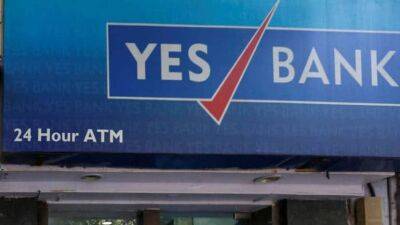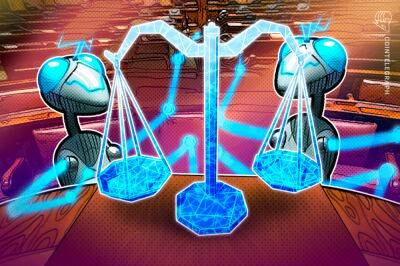Central-bank digital currencies are coming—whether countries are ready or not
“Central-bank digital currency" doesn’t exactly roll off the tongue. But you might want to get used to saying it. These so-called CBDCs, or digital versions of dollars, yuan, euros, yen or any other currency, are coming, say those who study them. And depending on how they are designed and rolled out, their impact on the banking system could be profound.
One hundred and fourteen countries are exploring digital currencies, and their collective economies represent more than 95% of the world’s GDP, according to the Atlantic Council’s Central Bank Digital Currency tracker. Some countries, including China, India, Nigeria and the Bahamas, have already rolled out digital currencies. Others, like Sweden and Japan, are preparing for possible rollouts. The U.S. is studying the issue and has run trials of various technologies to enable a digital currency, although Fed chair Jerome Powell has indicated the U.S. central bank has no plans to create one, and won’t do so without direction from Congress.
Debates about the necessity, utility and potential pros and cons of digital currencies are often confusing, and confused, in part because every country rolling out a digital currency is doing it in its own way.
Generally, however, CBDCs can be roughly divided into two types: those designed for use by financial institutions and those designed for use by the general public.
Old vs. new
The first type is just a new way for central banks to transfer money to commercial banks.
More specifically, some central banks are testing whether money transfers between financial institutions—which in some cases can take days to settle—might be made safer and more efficient under a system in which central-bank money is represented by digital tokens and
Read more on livemint.com






















